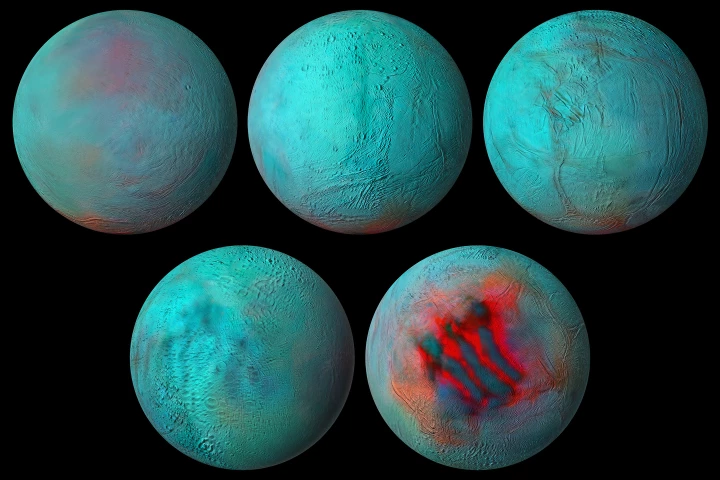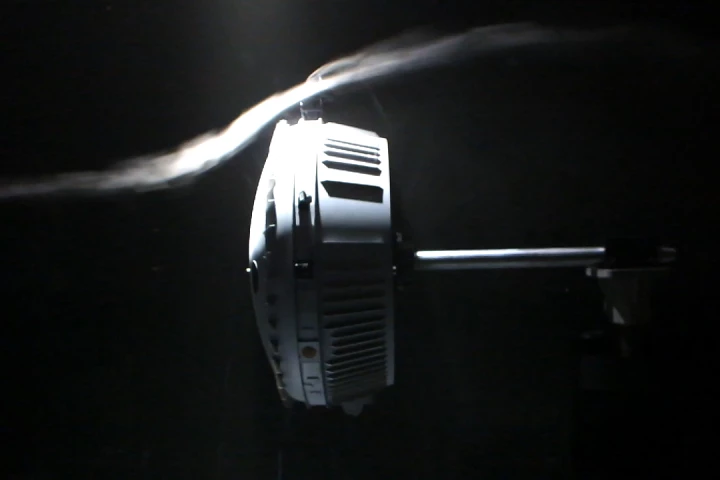Saturn
-
Scientists have recreated in the lab some of the wild weather that might be found on Jupiter and Saturn. Using extremely high pressures and laser shock waves, the researchers produced helium rain which has been hypothesized to fall on these planets.
-
Scientists have predicted the presence and movement of ocean currents in the vast subsurface ocean of Enceladus. The moon, which is sheathed in a 20 km thick shell of ice, is one of the most promising prospects in the search for ET.
-
Researchers at the Paris Observatory's Institute of Celestial Mechanics and Ephemeris Calculation have found that the unusual tilt of Saturn's axis is due to the periodic gravitational pull of its moons over the last billion years.
-
Data captured by the Cassini spacecraft has been used to create a new infrared map of Saturn's moon Enceladus. The images highlight the icy world's dramatic "Tiger Stripe" vent formation, which leads to a subsurface ocean that could play host to life.
-
ESA engineers have determined why the space agency's Huygens probe suddenly began spinning the wrong way 15 years ago as it descended to the surface of Saturn's largest moon, Titan. The reversal could have implications for future space missions.
-
Enceladus’ unique "tiger stripe" fissures have long been something of a mystery. Why do these distinctive formations only exist at Enceladus’ south pole? Why they are so evenly spaced, and why they haven’t simply closed up or frozen over?
-
In this week's edition of "Into the great unknown," the spacecraft built to study Saturn and its surroundings in one of our most ambitious space missions to date.
-
The discovery of 20 new moons around Saturn brings its total to 82 – three more than Jupiter, which was previously thought to hold the record.
-
Scientists have discovered a couple of new organic compounds within the icy plumes erupting from Enceladus, shedding more light on the moon's microbe-harboring potential.
-
The Shapeshifter concept is made up of a number of smaller robots, which can self-assemble into a larger machine and disassemble again as the mission calls for it.
-
A new study suggests that some of the smaller methane lakes on Titan may have been formed by explosions of warming nitrogen.
-
Analysis of Saturn’s interior describes jet streams that continue deep below the surface and thick liquid that “flows like honey”.
Load More











